La espermatogénesis es un proceso cuya función principal es la producción de espermatozoides. Consta de diferentes fases y se realiza en el interior de los testículos, en unas estructuras redondeadas denominadas túbulos seminíferos.
Una vez formados, los espermatozoides se expulsan al centro del túbulo y se transportan hasta el epidídimo (parte superior del testículo), donde tiene lugar la maduración final de los mismos. Los espermatozoides maduros son expulsados en el eyaculado y, tras la capacitación, ya son capaces de fecundar al óvulo.
A continuación tienes un índice con los 7 puntos que vamos a tratar en este artículo.
Índice
1.
¿Qué es la espermatogénesis?
2.
Fases de la espermatogénesis
2.1.
Fase proliferativa
2.2.
Fase meiótica
2.3.
Espermiogénesis
3.
Regulación hormonal de la espermatogénesis
4.
Preguntas de los usuarios
4.1.
¿Cuánto tardan en eyacularse los espermatozoides una vez se han producido?
4.2.
¿La producción de espermatozoides es diaria?
4.3.
¿Cuántos espermatozoides forma cada espermatogonia?
4.4.
¿Cuántos espermatozoides se generan a partir de un espermatocito primario?
4.5.
¿Cuántos espermatozoides resultan de un espermatocito secundario?
5.
Lectura recomendada
6.
Bibliografía
7.
Autores y colaboradores
La espermatogénesis es el proceso mediante el cual se forman los espermatozoides. Ocurre continuamente en los hombres adultos y, para que se realice un ciclo completo de espermatogénesis, son necesarios aproximadamente 75-90 días en la especie humana.
Los espermatozoides son los gametos masculinos, es decir, las células sexuales del hombre.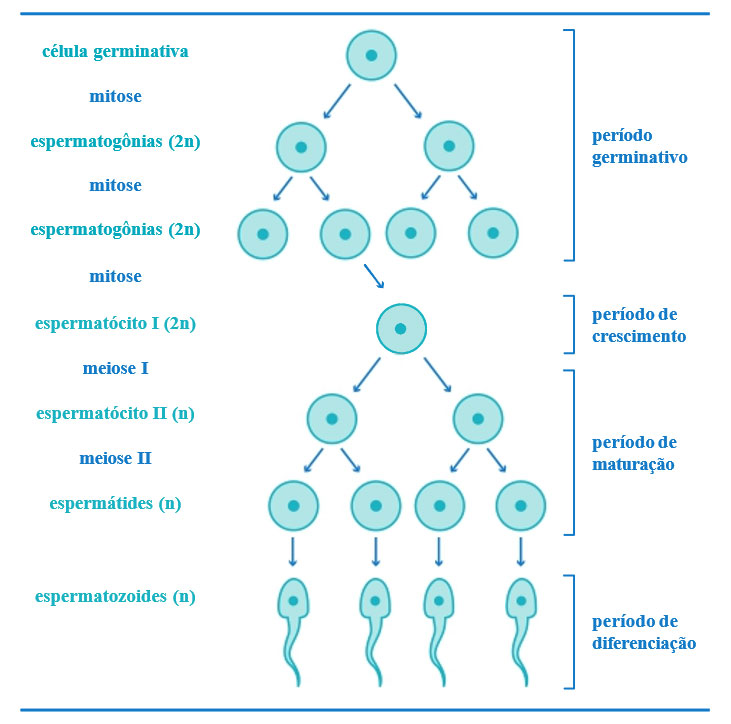 Por tanto, son haploides (contienen la mitad de la información genética) y durante la espermatogénesis se debe pasar de células somáticas con 46 cromosomas (diploides) a células sexuales con 23 cromosomas (haploides). Esto se consigue gracias a la meiosis.
Por tanto, son haploides (contienen la mitad de la información genética) y durante la espermatogénesis se debe pasar de células somáticas con 46 cromosomas (diploides) a células sexuales con 23 cromosomas (haploides). Esto se consigue gracias a la meiosis.
La función biológica de esta reducción del número de cromosomas en los gametos es que una vez ocurra la fusión de los dos gametos, la fecundación, el cigoto resultante tenga el número correcto de cromosomas: 46.
Para que este proceso sea posible, es necesario un específico control hormonal del eje hipotálamo-hipófisis-testicular que favorezca la producción de los espermatozoides. Esto ocurre por primera vez con el inicio de la pubertad en el hombre. A partir de ese momento, los testículos producirán espermatozoides continuamente gracias al inicio de la cascada hormonal.
Como veremos a continuación, existen tres etapas básicas durante la formación de los espermatozoides: fase proliferativa, fase meiótica y espermiogénesis.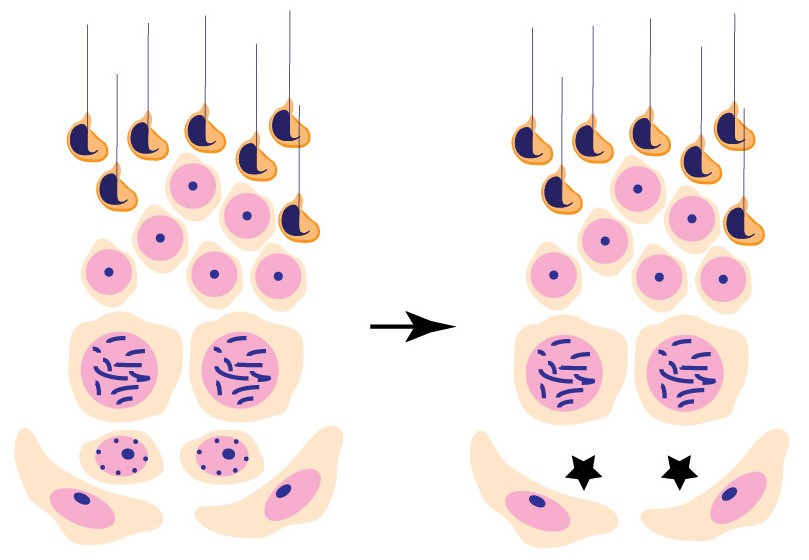
También se denomina fase espermatogónica. A partir de una célula madre germinal, se forman las espermatogonias tipo A. Éstas, por mitosis (división celular), darán lugar a espermatogonias tipo A y B:
Una vez llegada la edad reproductiva del hombre (pubertad o adolescencia), estas células se dividirán múltiples veces para formar un tipo de célula denominada espermatocito primario. A lo largo de estas divisiones, se van produciendo algunos cambios celulares.
Se conoce como fase proliferativa por la multitud de mitosis que se producen. El principal objetivo es formar muchas células precursoras de espermatozoides, es decir, muchos espermatocitos.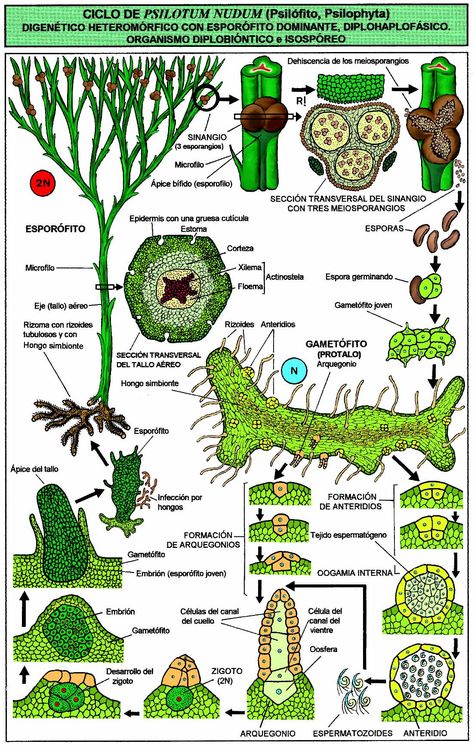
También conocida como espermatocitogenésis, es la etapa en la que se inicia un nuevo tipo de división celular, la meiosis, que reduce la información genética a la mitad. Gracias a ella, se producen unas células haploides denominadas espermátidas.
Podemos dividir la meiosis en dos subetapas:
Estas células ya son muy parecidas a los espermatozoides: ya podemos apreciar en ellas la formación de un pequeño flagelo.
En la última etapa de la formación de espermatozoides ocurre la maduración final de las espermátidas para dar lugar a los espermatozoides maduros.
Su cola aumenta de tamaño y da lugar al flagelo, que permitirá su desarrollo. La cabeza del espermatozoide disminuye y adquiere la forma puntiaguda que le caracteriza por la reducción del citoplasma, el alargamiento del núcleo y la formación del acrosoma.
La cabeza del espermatozoide disminuye y adquiere la forma puntiaguda que le caracteriza por la reducción del citoplasma, el alargamiento del núcleo y la formación del acrosoma.
Finalmente, los espermatozoides maduros se liberan al centro del túbulo seminífero. A pesar de que en este momento el espermatozoide ya esté preparado para ser eyaculado, será necesario que pase por el proceso de la capacitación para que sea capaz de fecundar al óvulo.
De manera natural, la capacitación ocurre en el camino que recurre el espermatozoide en el tracto reproductivo femenino hasta llegar al óvulo. No obstante, también es posible llevarlo a cabo en el laboratorio en el caso de que sea necesario recurrir a la fecundación in vitro (FIV).
¡Ya somos 18.308!
Únete a la comunidad
Reproducción Asistida ORG
La espermatogénesis está regulada hormonalmente por un feedback negativo (retroalimentación negativa) en el que intervienen el hipotálamo, la hipófisis y los testículos.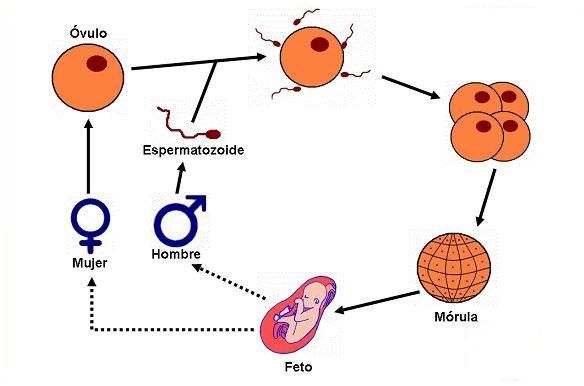 Las hormonas implicadas en el control del proceso de formación de espermatozoides son:
Las hormonas implicadas en el control del proceso de formación de espermatozoides son:

Por Dr. Emilio Gómez Sánchez (embriólogo senior).
La espermatogénesis es el proceso de formación de las células sexuales masculinas, desde las más inmaduras, las espermatogonias, hasta las más maduras, los espermatozoides. Todo este complicado proceso se lleva a cabo en el interior de los túbulos seminíferos en el testículo y dura entre 64 y 72 días.
Una vez se han producido los espermatozoides, abandonan el testículo para pasar al epidídimo, donde adquirirán la movilidad necesaria en un proceso que dura alrededor de 10 días. Aquí estarán almacenados hasta el momento de la eyaculación, en el que serán transportados a través de los conductos deferentes, para mezclarse con el líquido seminal que proviene de las glándulas secretoras formando el semen, para finalmente, ser expulsado por la uretra.
Por Rebeca Reus (embrióloga).
Sí, los espermatozoides se forman continuamente en los túbulos seminíferos.
Por Rebeca Reus (embrióloga).
Cada espermatogonia tipo A puede dar lugar a:
Por tanto, a partir de una espermatogonia tipo A, se pueden formar infinitos espermatozoides.
En cambio, de cada tipo B, únicamente se formarán cuatro espermatozoides al final del proceso de la espermatogénesis.
Por Rebeca Reus (embrióloga).
A partir de un espermatocito primario se obtienen cuatro espermatozoides.
Por Rebeca Reus (embrióloga).
A partir de cada espermatocito secundario se forman dos espermatozoides.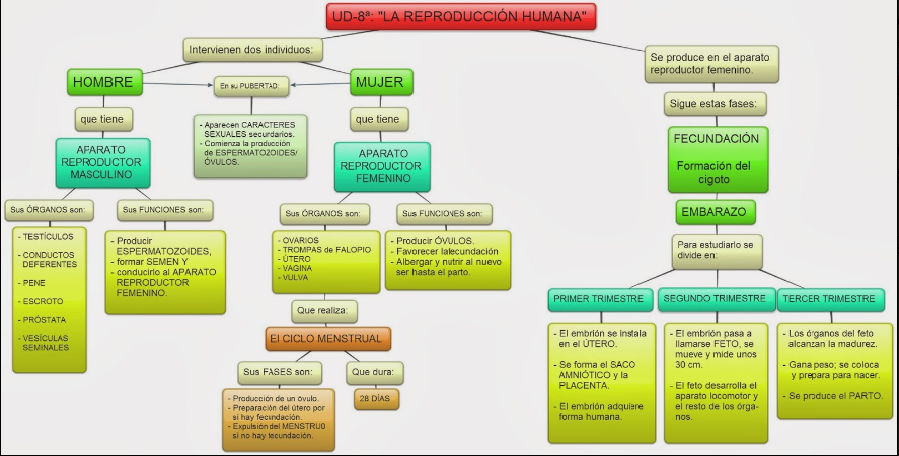
Como hemos visto, la espermatogénesis está fuertemente regulada por una cascada hormonal. Si deseas saber más sobre el papel de estas hormonas en la fertilidad masculina, te recomendamos que leas el siguiente artículo: ¿Qué hormonas masculinas están implicadas en la función reproductora?
Por otra parte, si quieres saber las etapas que tiene que recorrer el espermatozoide antes de llegar al óvulo, encontrarás más información aquí: Camino de los espermatozoides hasta llegar al óvulo.
Empiezan a formarse en la pubertad de niño, pero su desarrollo durará toda la vida: son los espermatozoides. El ciclo de formación del gameto masculino dura unos cien días. Al salir de los testículos, los espermatozoides necesitan mezclarse con los líquidos seminales para formar el semen y lograr su meta, la fecundación del óvulo.
La espermatogénesis es el proceso por el que las espermatogonias (células germinales primitivas) se transforman en espermatozoides.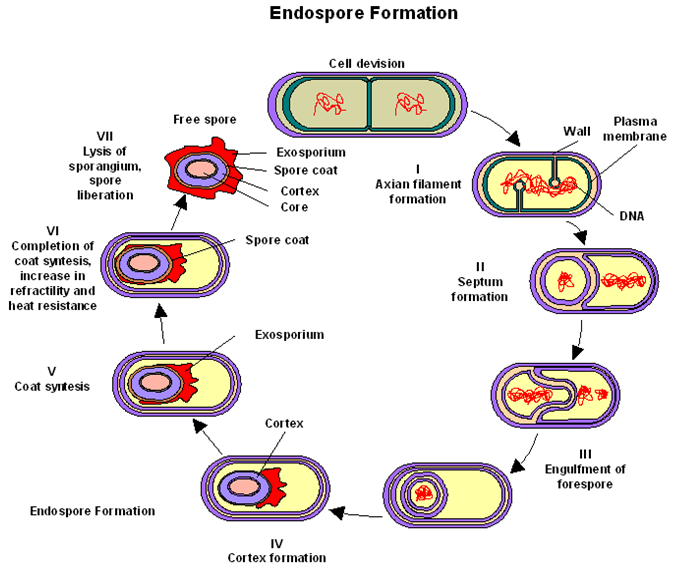 Es un proceso continuo, que se produce en el testículo y que se inicia en el periodo prepuberal del niño, entre los 11 y 15 años. A diferencia de lo que ocurre en el sexo femenino, la formación del gameto masculino no comienza hasta la pubertad y luego dura toda la vida. No obstante, en el recién nacido ya pueden identificarse en los cordones sexuales primitivos, macizos del testículo en forma de células voluminosas y pálidas rodeadas de células de sostén, que se convertirán en células de Sertoli.
Es un proceso continuo, que se produce en el testículo y que se inicia en el periodo prepuberal del niño, entre los 11 y 15 años. A diferencia de lo que ocurre en el sexo femenino, la formación del gameto masculino no comienza hasta la pubertad y luego dura toda la vida. No obstante, en el recién nacido ya pueden identificarse en los cordones sexuales primitivos, macizos del testículo en forma de células voluminosas y pálidas rodeadas de células de sostén, que se convertirán en células de Sertoli.
Poco antes de la pubertad los cordones sexuales se hacen huecos y se denominan tubos seminíferos. Las células germinativas primordiales originan espermatogonios, que por diferenciación y tras sufrir divisiones mitóticas, se convierten en espermatocitos primarios. Después de duplicar el ADN, estas células comienzan con la profase de la primera división meiótica o de maduración.
Al terminar la profase, que dura unos 16 días, la célula pasa rápidamente por las demás fases y después origina los dos espermatocitos secundarios, que contienen un número haploide de cromosomas, lo que significa que contiene la mitad del número normal de cromosomas o un solo juego de los mismos.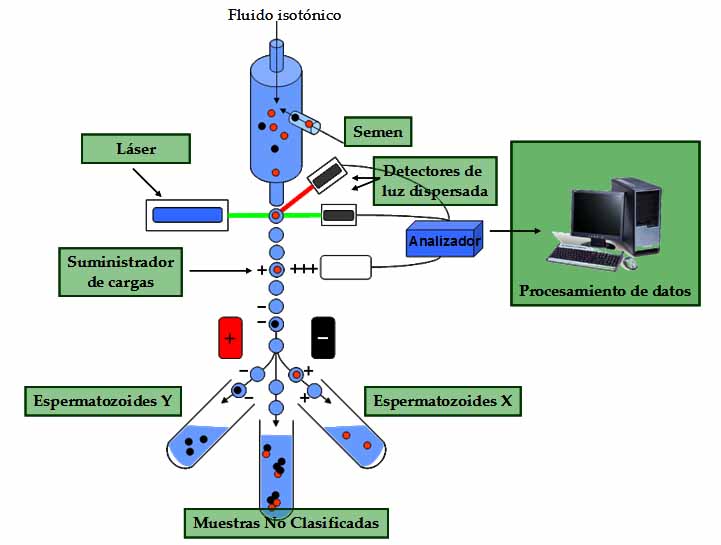 Estas células empiezan inmediatamente la segunda división de maduración o meiótica, que da por resultado dos espermátides. Como consecuencia de las dos divisiones de maduración, la espermátide posee 23 cromosomas y ADN.
Estas células empiezan inmediatamente la segunda división de maduración o meiótica, que da por resultado dos espermátides. Como consecuencia de las dos divisiones de maduración, la espermátide posee 23 cromosomas y ADN.
En el varón, el ciclo espermatogénico se divide en tres fases:
Duplicación de las células germinales o espermatogonias: Que tras su proceso de división dará lugar a 16 espermatocitos. Cada espermatocito tiene 46 cromosomas, 23 de origen paterno y 23 materno. Durante esta etapa de división se produce la síntesis de ADN con duplicación de material genético, que da como resultado otro tipo de célula germinal, los espermatocitos primarios que entraran en la siguiente división llamada meiótica, porque supone una reducción cromosómica.
Meiosis o división: Que dará lugar a la formación de células dotadas de un número haploide de 23 cromosomas (la mitad de las que tienen las células normales). Esta fase de unos 24 días de duración, conlleva un apareamiento de los cromosomas con entrecruzamiento e intercambio de material genético entre ellos. La división de los espermatocitos primarios origina los espermatocitos secundarios, los cuales sufre una segunda división meiótica, dando lugar a las espermátidas con 23 cromosomas. Esta división es una mitosis o división normal sin replicación previa del ADN.
Esta fase de unos 24 días de duración, conlleva un apareamiento de los cromosomas con entrecruzamiento e intercambio de material genético entre ellos. La división de los espermatocitos primarios origina los espermatocitos secundarios, los cuales sufre una segunda división meiótica, dando lugar a las espermátidas con 23 cromosomas. Esta división es una mitosis o división normal sin replicación previa del ADN.
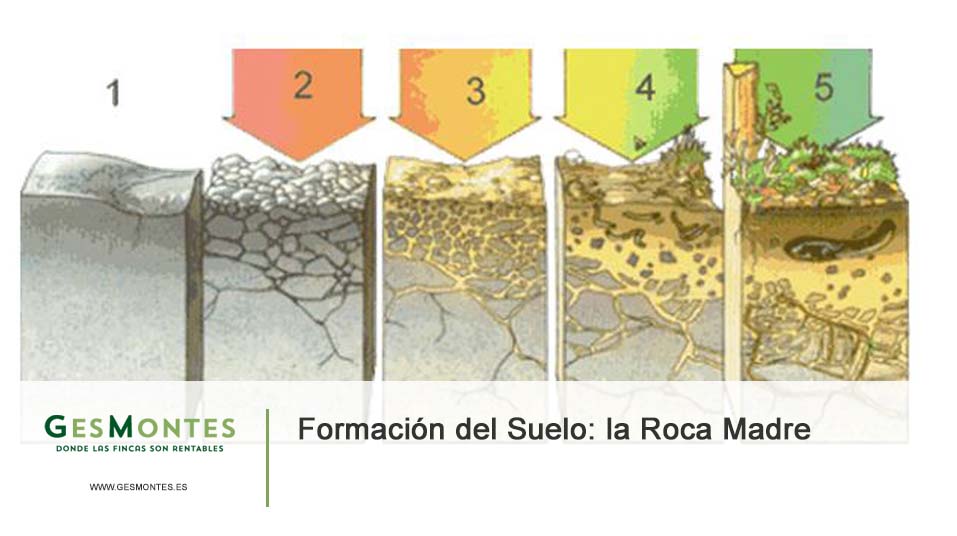 Como resultado, se producen espermatozoides, con 23 cromosomas, la mitad que la célula de la que se origina (espermatogonia). El espermatozoide es una célula muy especializada. Se reduce el tamaño de la célula, eliminando gran parte del citoplasma y se desarrolla una larga cola denominada flagelo, que le permitirá moverse hasta alcanzar el óvulo. También presenta gran cantidad de mitocondrias que le proporcionarán la energía para moverse. En el hombre, la espermatogénesis dura unos cien días, lo que es importante para valorar el efecto de cualquier tratamiento o sustancia tóxica sobre la calidad espermática.
Como resultado, se producen espermatozoides, con 23 cromosomas, la mitad que la célula de la que se origina (espermatogonia). El espermatozoide es una célula muy especializada. Se reduce el tamaño de la célula, eliminando gran parte del citoplasma y se desarrolla una larga cola denominada flagelo, que le permitirá moverse hasta alcanzar el óvulo. También presenta gran cantidad de mitocondrias que le proporcionarán la energía para moverse. En el hombre, la espermatogénesis dura unos cien días, lo que es importante para valorar el efecto de cualquier tratamiento o sustancia tóxica sobre la calidad espermática. El espermatozoide sale de los testículos y se mezcla con los líquidos producidos por las vesículas seminales y la próstata para formar el semen. Estos líquidos son imprescindibles para la alimentación y supervivencia de los espermatozoides hasta alcanzar el óvulo. Solamente el 10% del semen está formado por espermatozoides, que se pueden contar por cientos de miles.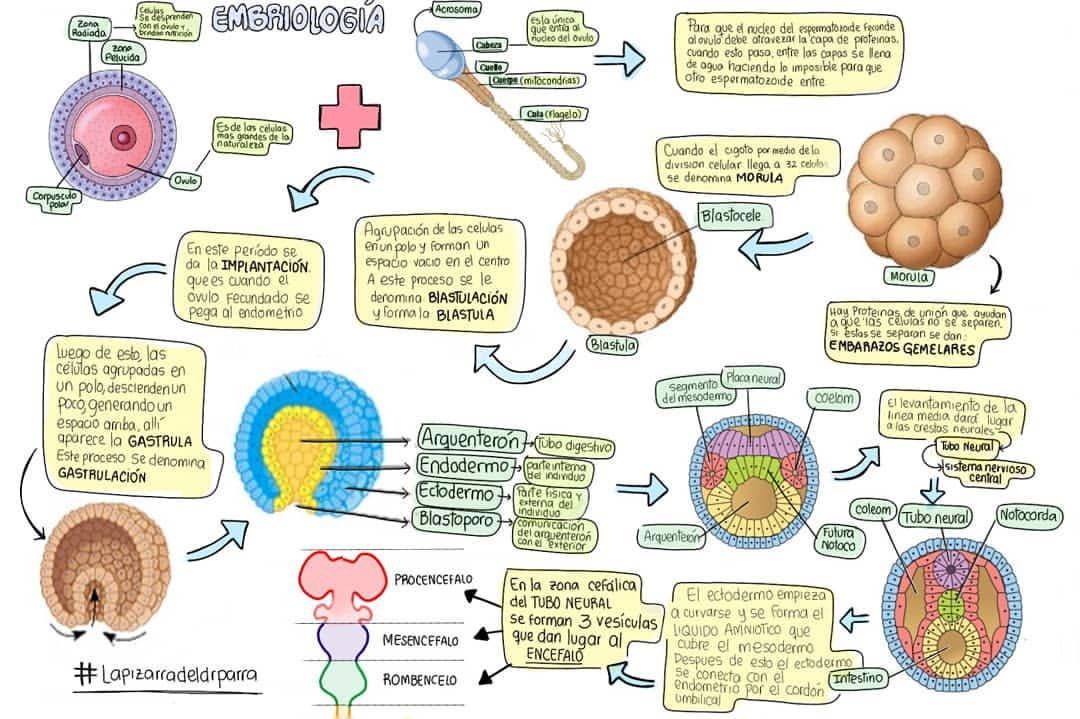
Doctor Alfonso de la Fuente
Director de Instituto Europeo de Fertilidad
Urology
August 4, 2020
A healthy woman produces only one, occasionally, two eggs every month, while a man produces millions of spermatozoa, and constantly. That is why a man can fertilize every day, while a woman is able to conceive only on certain days of the menstrual cycle and only once a month …
In 1677, a famous scientist0011 Anthony Van Leeuwenhoek invented the microscope and showed it to his student, who looked at everything on the new device that came to hand, including his own sperm. In it, he discovered unusual cells – “seed gum” and, together with his teacher, described them for the first time.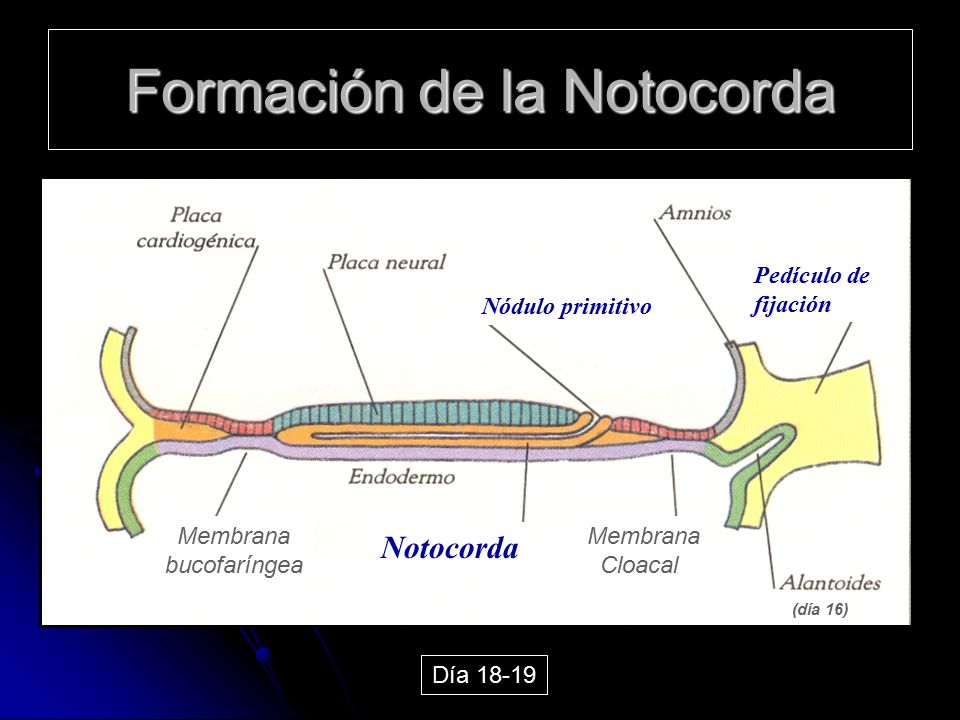 So humanity first learned about the existence of spermatozoa.
So humanity first learned about the existence of spermatozoa.
A healthy man during sexual intercourse can inject into the woman’s reproductive system a sufficient number of mature spermatozoa for fertilization. However, in 50% of cases, spermatozoa cannot penetrate the woman’s egg for various reasons: because they do not mature well, do not move well enough, have structural defects, etc. One of the reasons (and, alas, quite common) why a married couple cannot have children is male infertility.
A mature spermatozoon consists of a head, body and tail
To understand the causes of male fertility problems, let’s first understand how spermatozoa are produced and mature.
There are convoluted tubules in the testicles. For three months, immature spermatozoa are formed there, which have a rounded shape and, gradually lengthening, take the form of a tadpole. As far back as the 17th century, Leeuwenhoek knew that a mature sperm cell consists of a head, body and tail.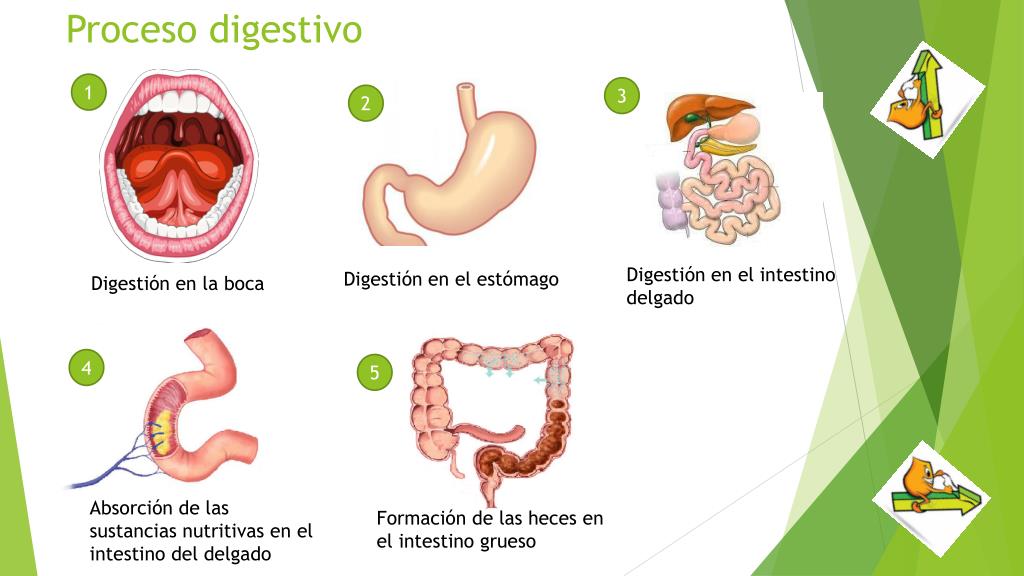
The head contains the genetic material, the body provides energy and the tail provides mobility. During fertilization, the head of the spermatozoon is introduced, literally “drills” into the woman’s egg – this is how fertilization occurs.
Mature spermatozoon consists of a head, body and tail
If you look at the structure of the testicles in men next to the convoluted tubules, you can see Leydig cells . They produce the main male sex hormone testosterone, which is responsible for sexual desire, erection, and also significantly affects body weight, hair growth and many other secondary sexual characteristics.
With insufficient testosterone, spermatozoa move poorly, their number decreases and their structure is disturbed (they may have defects in the head, body or tail). In the seminiferous or, as other authors call it, the convoluted tubules of the testicles, there are Sertoli cells , which produce spermatozoa.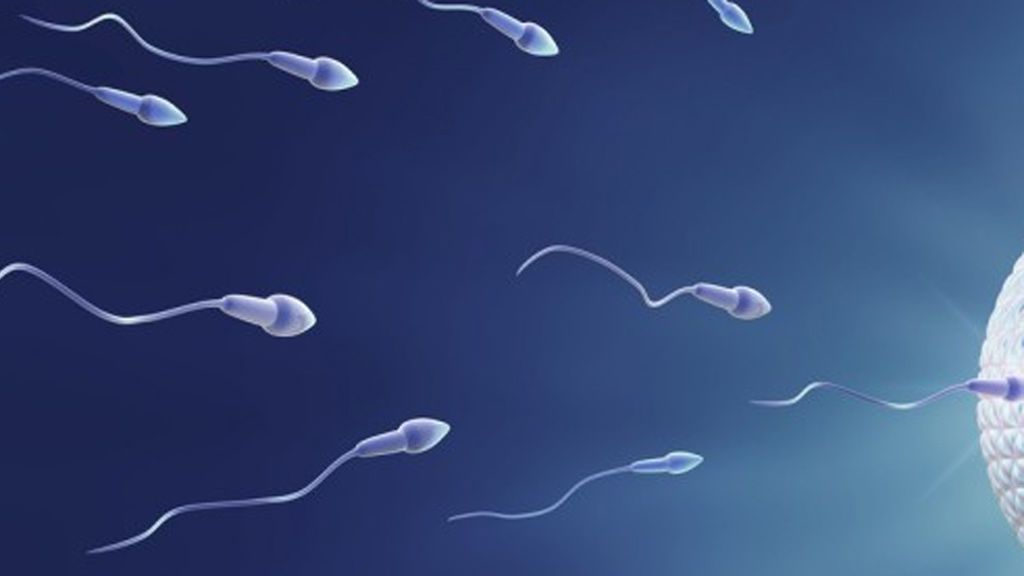
Formation and development of spermatozoa occurs
under the influence of pituitary hormones
. It is a small gland located at the base of the brain. In the 19th century, many scientists believed that the pituitary gland was responsible for a person’s appearance and even personal qualities. In literature, this fact was noted by the famous Russian writer Mikhail Bulgakov in the story “Heart of a Dog” .
It is now established that the pituitary gland secretes hormones responsible for metabolism, growth and reproduction. Then they go to the rest of the endocrine organs and regulate their work. Thus, the pituitary gland is the “conductor” of all hormones.
There is a certain hierarchy in the body, where the hypothalamus is the “commander”, the “subordinate” is the pituitary gland, and the “ordinary performer” is the testicles.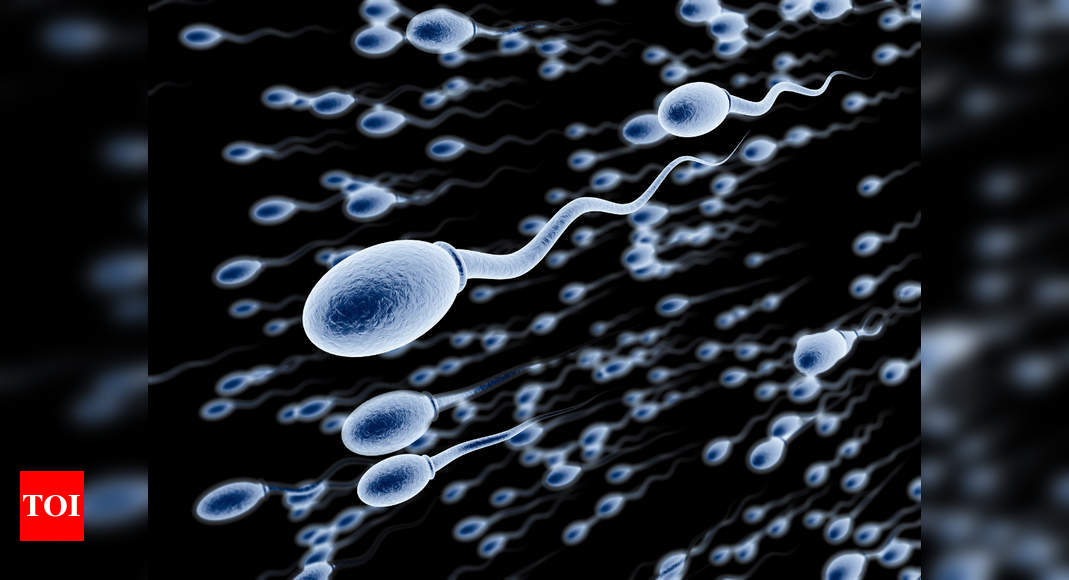
In the body there is the following order of subordination of the endocrine organs: hypothalamus – “commander”, “subordinate” – pituitary gland , and “ordinary performer” – testicles . Such an interaction is called vertical, that is, orders from the hypothalamus and pituitary gland reach the gonads from top to bottom.
For the normal functioning of the male reproductive system, the pituitary gland secretes luteinizing (LH) and follicle-stimulating (FSH) hormones. In the testicles, FSH stimulates sperm production, and LH acts on the Leydig cells, which create the necessary testosterone levels for their maturation. These and other hormones ensure an adequate supply of healthy sperm.
There is a certain hierarchy in the body, where the hypothalamus is the “commander”, the “slave” is the pituitary gland, and the “ordinary performer” is the testicles.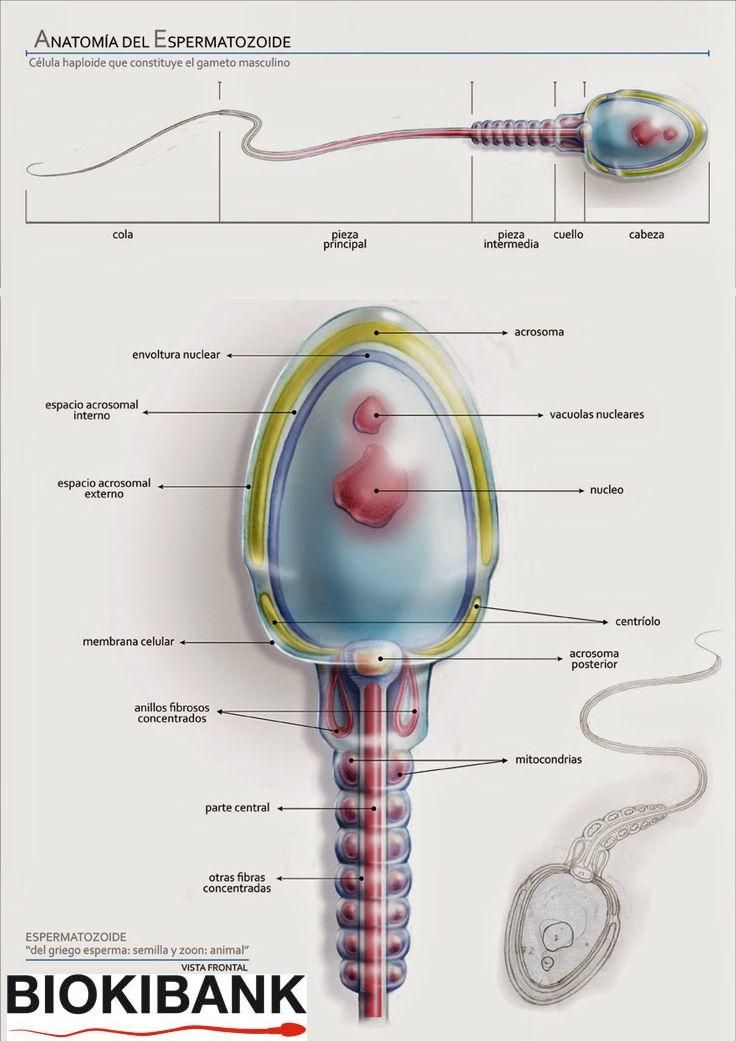
Ejaculation (or ejaculation) – a complex process. Immature spermatozoa, leaving the convoluted tubules, finally mature in the epididymis, from where they enter the seminal vesicles, where they mix with their secret. Thus, a suspension is obtained, consisting of spermatozoa, nutrients and chemical compounds. And it is called – sperm .
During orgasm, the ducts of the seminal vesicles direct semen through the prostate gland into the urethra. As a result, an ejaculate is formed, consisting of 90% from the fluid produced by the seminal vesicles, where 5% are spermatozoa, and the rest is the secretion of the prostate gland.
Very simplified, we have gone through the structure and functioning of the male reproductive system. In more detail, we will reveal deeper and more exciting questions in the following articles!
We will answer your questions!
Call:
+7 (4712) 70-76-76
By clicking, I agree to the terms and conditions and personal data processing policy
How to find us
Stop “Sadovaya street”
Trolleybuses: No.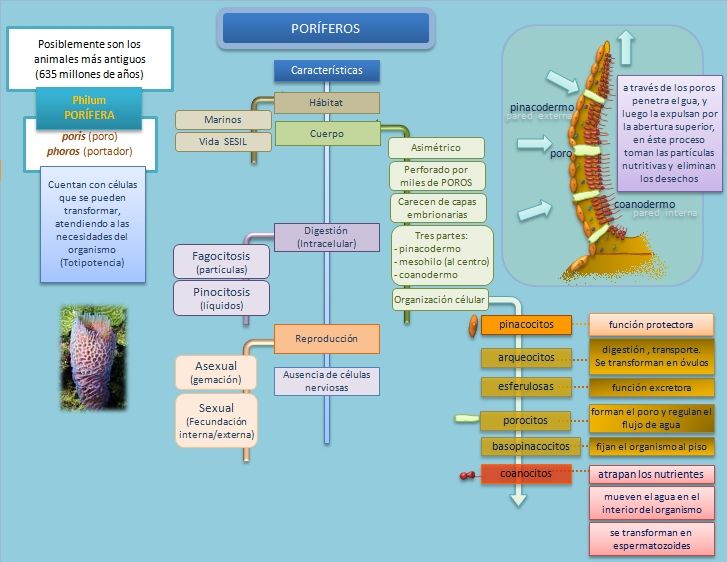 1, 2, 3, 5, 8, 9.
1, 2, 3, 5, 8, 9.
The most convenient landmark is the Economy store on Khalturina Street. If you stand facing him and go around to the left, you will get straight to us.
ATTENTION! The entrance to the clinic is not from the courtyard of the house
2 Second way
After getting off at the stop “Ul. Sadovaya”, you need to turn onto the street of the same name and follow it to the intersection with Semyonovskaya street. Then you need to turn right and go to the building number 82.
Build a route
Sign up
by phone
By clicking, I agree to the terms and conditions and personal data processing policy
Sign up
for an online consultation
By clicking, I agree to the terms and conditions and personal data processing policy
Appointment
By clicking, I agree to the terms and conditions and personal data processing policy
Unlike women, in men, most of the reproductive system is external and located outside the pelvic cavity.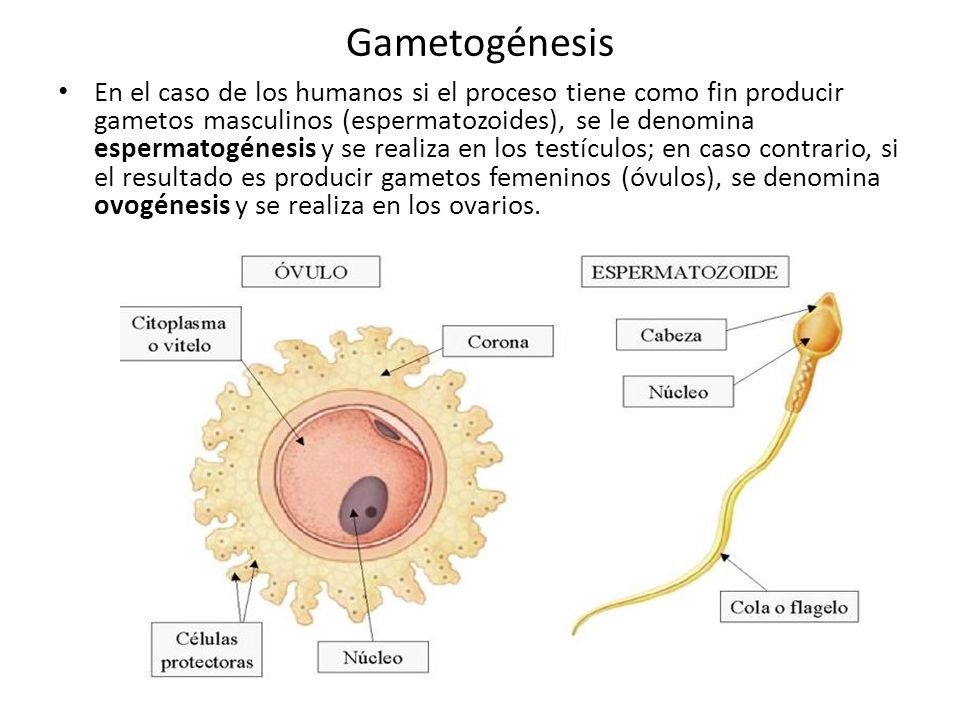 There is a funny theory according to which the male genital organs perform the same function as the antlers of deer, the magnificent tails of peacocks, the fangs of lions and tigers. In primates, the genitals serve to demonstrate physical strength and superiority over other males.
There is a funny theory according to which the male genital organs perform the same function as the antlers of deer, the magnificent tails of peacocks, the fangs of lions and tigers. In primates, the genitals serve to demonstrate physical strength and superiority over other males.
Apparently, this is why many men feel so strongly if they experience problems in the intimate sphere, and do not dare to visit a doctor for a long time, fearing that “everyone will find out about it.”
If we leave the psychological aspects aside and talk only about physiology, then the male reproductive system performs three main functions:
Male external genital organs include: penis, testicles and scrotum, epididymis.
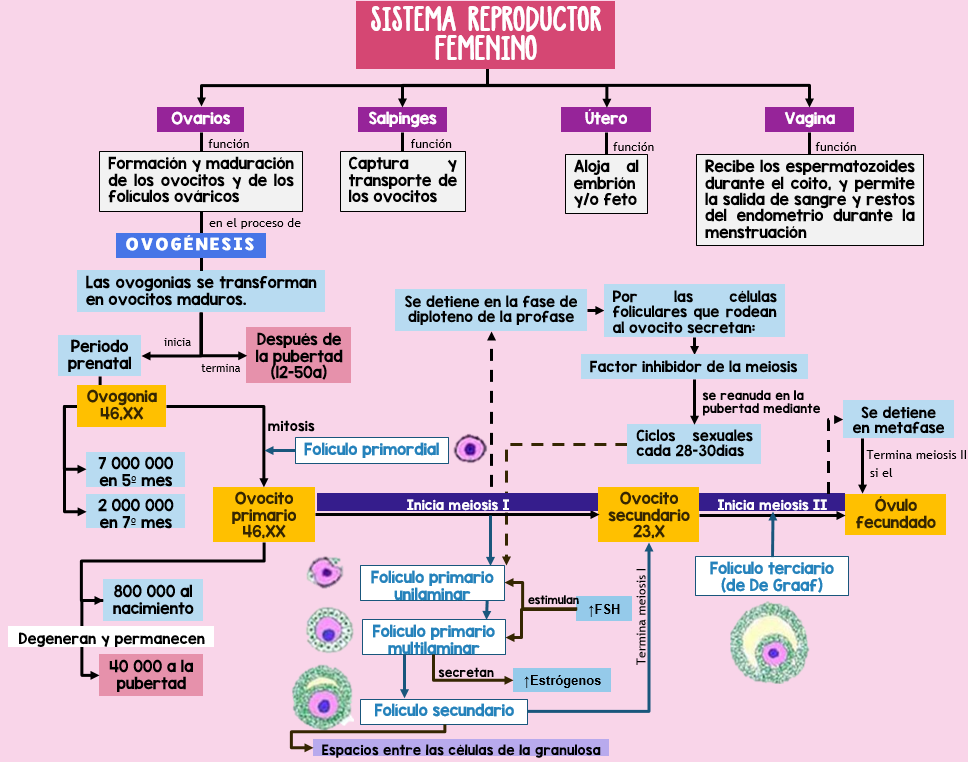 It consists of three parts: the root (with the help of which the penis is attached to the pubic region), the body and the head, covered with a fold of skin – the foreskin. In the area of the foreskin there are many glands that produce a sebaceous lubricant – smegma. Inside the penis consists of three parts (they are called bodies). Two cavernous (cavernous) bodies are on top. It is they who, filling with blood, provide an erection. Below is a spongy (spongiform) body – the urethra passes through it. During sexual intercourse, when semen erupts from the penis, the path for urine is blocked.
It consists of three parts: the root (with the help of which the penis is attached to the pubic region), the body and the head, covered with a fold of skin – the foreskin. In the area of the foreskin there are many glands that produce a sebaceous lubricant – smegma. Inside the penis consists of three parts (they are called bodies). Two cavernous (cavernous) bodies are on top. It is they who, filling with blood, provide an erection. Below is a spongy (spongiform) body – the urethra passes through it. During sexual intercourse, when semen erupts from the penis, the path for urine is blocked. 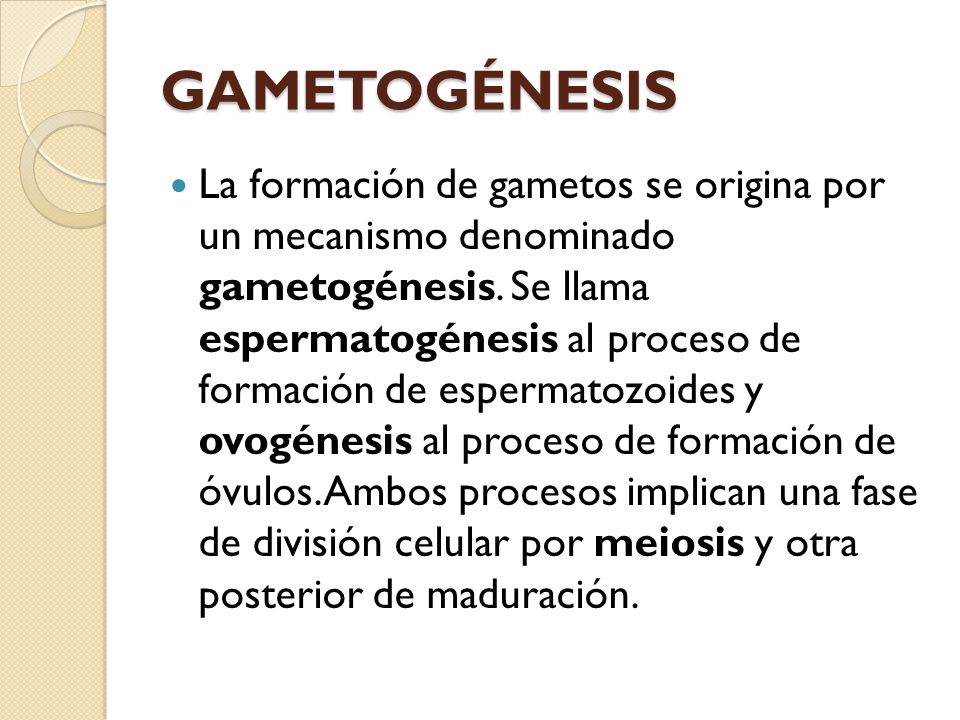
Urologists say that every man has two hearts. The “upper” is located in the chest and pumps blood, and the “lower” is near the bladder, where the urethra departs from it. The “second heart” of a man is called the prostate gland (prostate). The prostate is about the size of a walnut, it adds its secret to the sperm, which contains nutrients.
Other internal male genital organs:

Did you know that between 30 and 500 million spermatozoa leave a man’s body during ejaculation?
MALE REPRODUCTIVE SYSTEM?
The male reproductive system is mainly dependent on three hormones. Luteinizing (LH) and follicle-stimulating (FSH) hormones are produced by the pituitary gland, a gland located at the base of the brain. FSH stimulates the formation of spermatozoa, LH stimulates the synthesis of testosterone.
Testosterone is necessary for the production of sperm, as well as the appearance of secondary sexual characteristics: increased muscle mass, male-pattern body hair growth, sexual attraction to women, deep voice, etc.
The production of sperm is called spermatogenesis.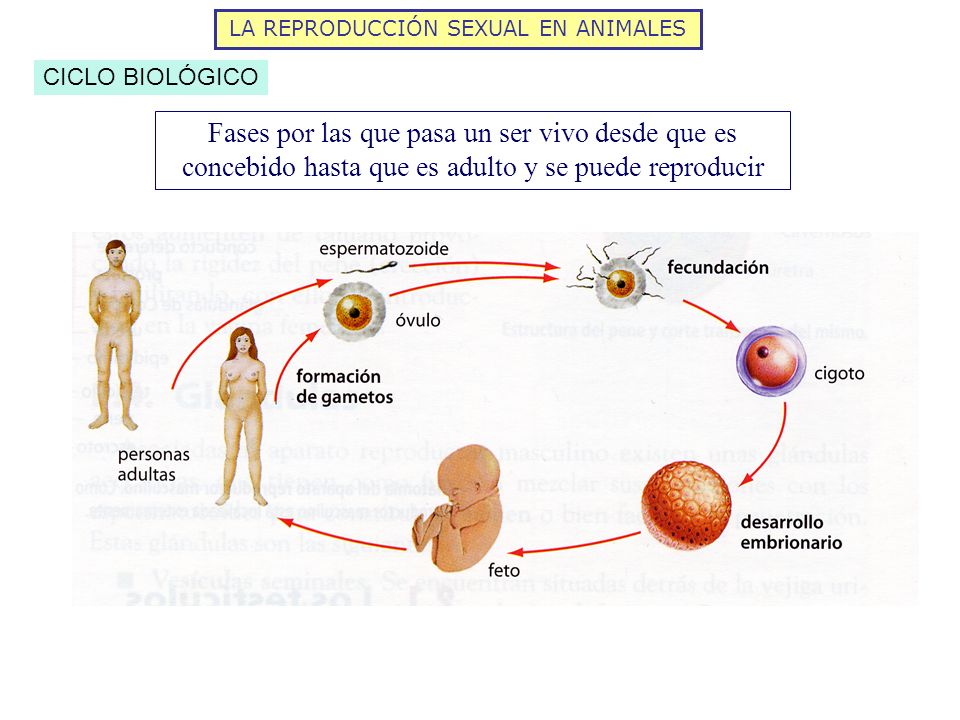 It can only occur under the influence of hormones, therefore, until puberty (12-16 years), the boy’s body is not able to produce sperm.
It can only occur under the influence of hormones, therefore, until puberty (12-16 years), the boy’s body is not able to produce sperm.
When testosterone levels rise in a teenager’s body, spermatogonia, special stem cells in the testicles, are activated. They turn into spermatocytes. These cells contain a double set of chromosomes; after division, secondary spermatocytes are formed from them, containing one set of chromosomes each.
A person has two sex chromosomes – X and Y. The egg can only contain the X chromosome. The sperm is either X or Y. If the egg is fertilized by a sperm with a Y chromosome, a boy is obtained, if with an X, a girl.
Spermatocytes are formed from spermatocytes. The complex process of sperm formation does not end there. Spermatid cells go through a process known as spermiogenesis. They grow tails, and they acquire features characteristic of spermatozoa. After maturation in the epididymis, they are ready to leave the body of a man in search of an egg.